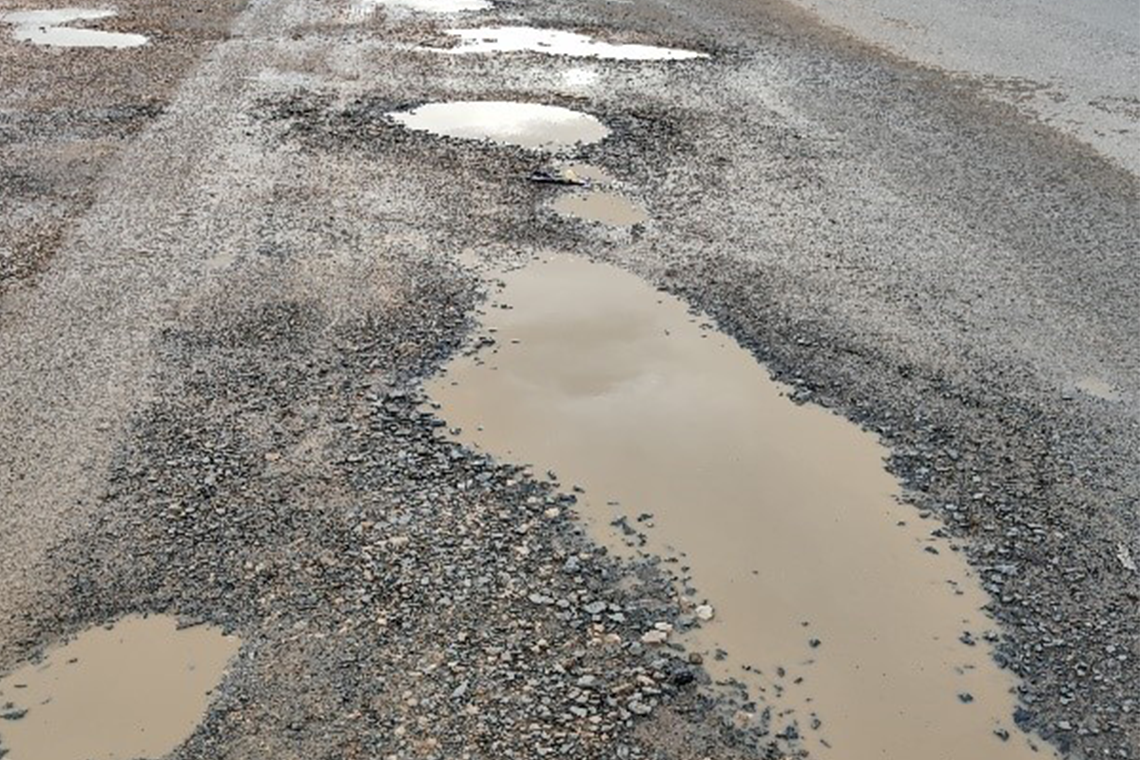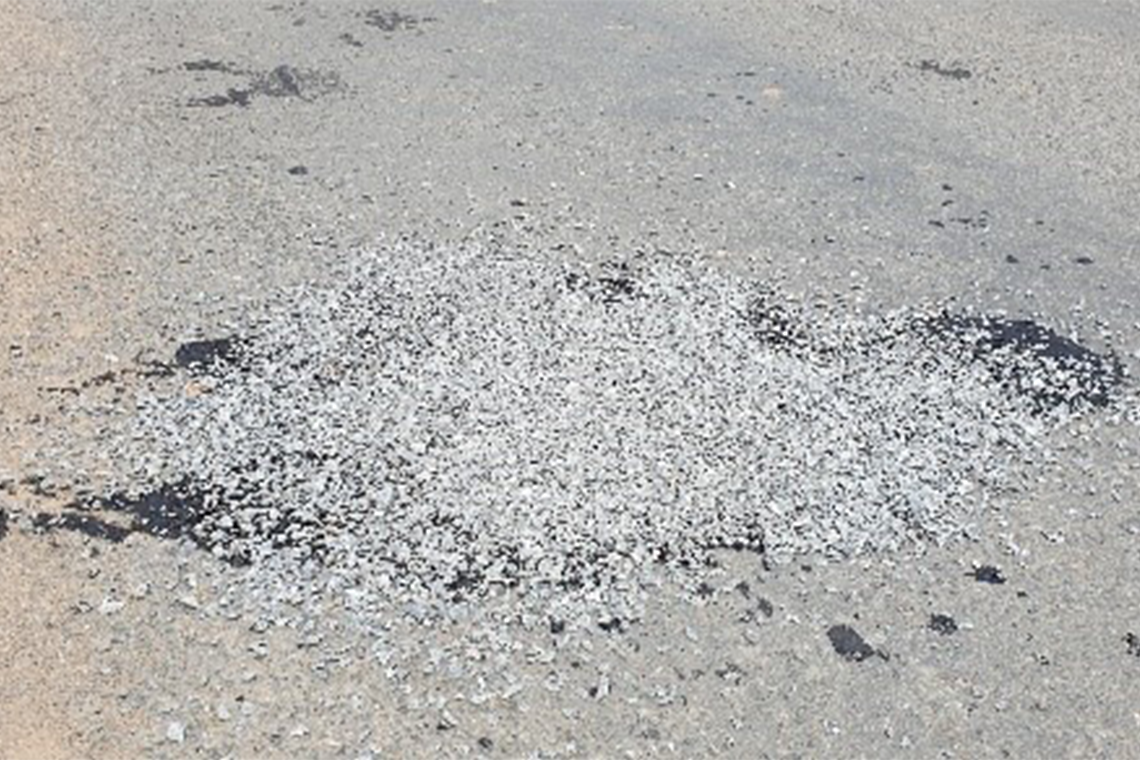Case Background
On October 13th, 2020, Typhoon "Nangka" brought continuous heavy rainfalls, which made part of the newly completed construction section of the railway flooded for half a month. Around the end of October, the flood gradually receded, and a large number of potholes appeared on the flooded section, many road materials were washed away, and parts of the road shoulder were eroded by the current. The insured claimed USD 754,200.00 in total according to the amount of repairing the damaged section of the road, of which the value the graded fine stone basement was as high as USD 550,307.00.

Inspection Situation
Combined with our field investigation, the total road section of the project was 35Km, and the two-lane width was 24m. Our company found that most of the areas on the engineering section were low-lying, and there was serious water accumulation after the typhoon. At the same time, there were a large number of pits on some sections, and the damaged sections added up to about 6Km.
Meanwhile, we found that because the road was one of the main roads in this area, it had to be immediately opened to passing vehicles and pedestrians after the insured completed a certain section of construction. Under the action of rain soaking, the viscosity of asphalt would be greatly reduced, and the scour effect of water flow and the load brought by traffic flow and pedestrians aggravated the loss of pavement materials, which were also reasons for the damage of this project section.
Our company believed that it was reasonable and necessary to repair the damaged section. However, we found that in the claim list of the insured, the number of claims for the graded crushed stone basement reached 20735m³ and the claims amounted to USD 550,307.00. Combined with the design drawings of the project, the thickness of the basic graded crushed stones was 0.15m. According to the above estimated 6km long section, the total material of the designed integrated crushed stones was about 6×1000×24×0.15=21600m³, which was basically consistent with the insured's claim. In other words, the insured claimed for the materials needed to completely rebuild the damaged road.
But in fact, although it was true that some road materials of road sections had been completely separated from the road in our survey, it was a rare case. Most road sections had scattered potholes on the road surface. For this type of damage, the insured usually did not, and did not need to bulldoze and rebuild the entire section of road, but filled it with emulsified asphalt mixed with gravels. We also went to the local area again later, and saw that the insured used the way of filling to repair.
Therefore, the actual amount of losses might be much smaller than the amount claimed by the insured. Among the insured's claims, a total of USD 203,893.00 was also claimed for asphalt, base grain and other materials. By the same token, we could infer that the actual losses were not that big.
However, since the insured did not set up the specialized material ledger in the repair process, and the damaged area on site was too numerous, we could not accurately calculate the actual material used. We only estimated the actual material used by roughly estimating the pothole area of the damaged section, which was about 20% of the material used in the whole section of the road (i.e., the amount of claim). That is to say, the estimated amount of loss was approximately USD 15,000.00, while the agreed deductible in this case was USD 200,000.00

Solution
Our company communicated with the insured about the above issues, and the insured finally admitted that the actual loss amount was relatively smaller and withdrew the claim.
Want to know more about our services?
Welcome to contact us via:

